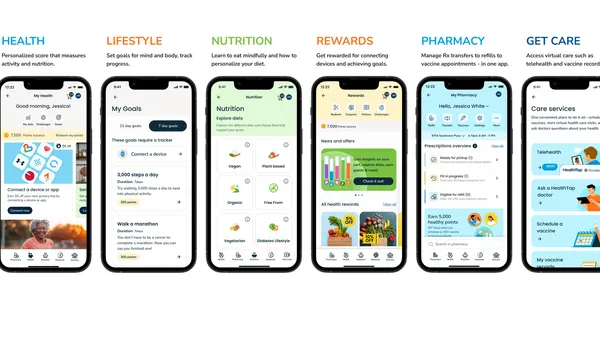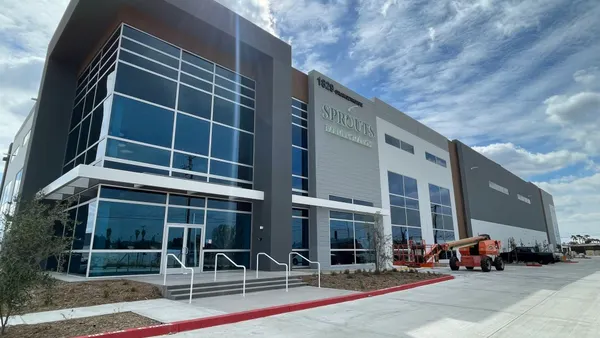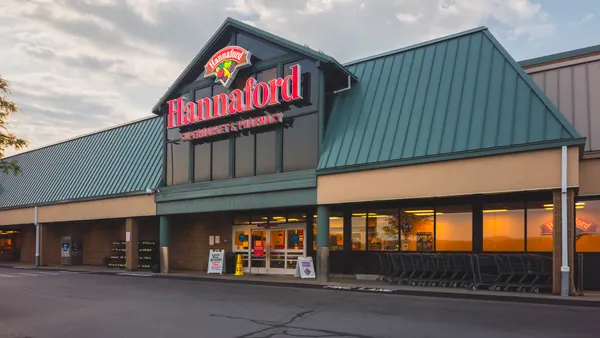This story is the second in a three-part series on how sustainability ties into grocers' bottom lines.
While the grocery industry has slim margins, food retailers often don’t realize how much money they are wasting by not adopting more sustainable practices, according to the Ratio Institute.
The nonprofit, which works with partners such as Weis Markets, the Independent Grocers Alliance and Raley’s Supermarkets to advance grocery sustainability, believes it can find $15,000 worth of energy savings in a quick trip through a store and also calculate how much product a retailer would need to sell to make up for that profit loss.
Like a Geico commercial but for grocery sustainability, “$15K in 15 minutes” is the organization’s consulting pitch to appeal to grocers’ desires to cut costs while also boosting eco-friendly measures.
That profit loss, which is usually due to five energy inefficiencies, is equivalent to just under $271,000 in annual sales, said Ratio Institute co-founders Jonathan Tan and Peter Cooke.
“We thought of these things to be like really quick, easy wins for almost any grocery store in the U.S.,” said Cooke, noting that most don't cost much, if anything at all, to address.
The Ratio Institute made its cost-savings to sales equivalency calculation based on the calculation that a $1 decrease in electrical costs has the same effect on their gross profits as $18 in sales.
In several interviews and a webinar, Tan and Cooke explained why five energy usage practices are costing grocers thousands of dollars and what retailers making those mistakes can do. Here’s a rundown of what they look for in a typical “$15K in 15 minutes” session:
1. Improving appliance efficiencies
Before even stepping inside the store, Tan and Cooke look to see if there are outdoor vending machines. Those are one of the several appliances that they group under the “appliance inefficiency” assessment, along with lighting for indoor vending machines and heated wrapping machines.
For example, a soda machine in Vermont is heating the soda all winter to keep the bottle from freezing and expanding, while a Redbox movie rental machine uses just as much — if not more — energy than typical soda machines do and uses refrigerants to keep the discs from melting, Cooke said. Retailers can instead do away with those vending machines, they said.
Inside the store, they look for heated wrapping machines, which are often found in the deli, seafood and meat areas and sometimes in the bakery section, Cooke said. Sometimes those heated wrapping machines are left on overnight or at other times when they are not in use.
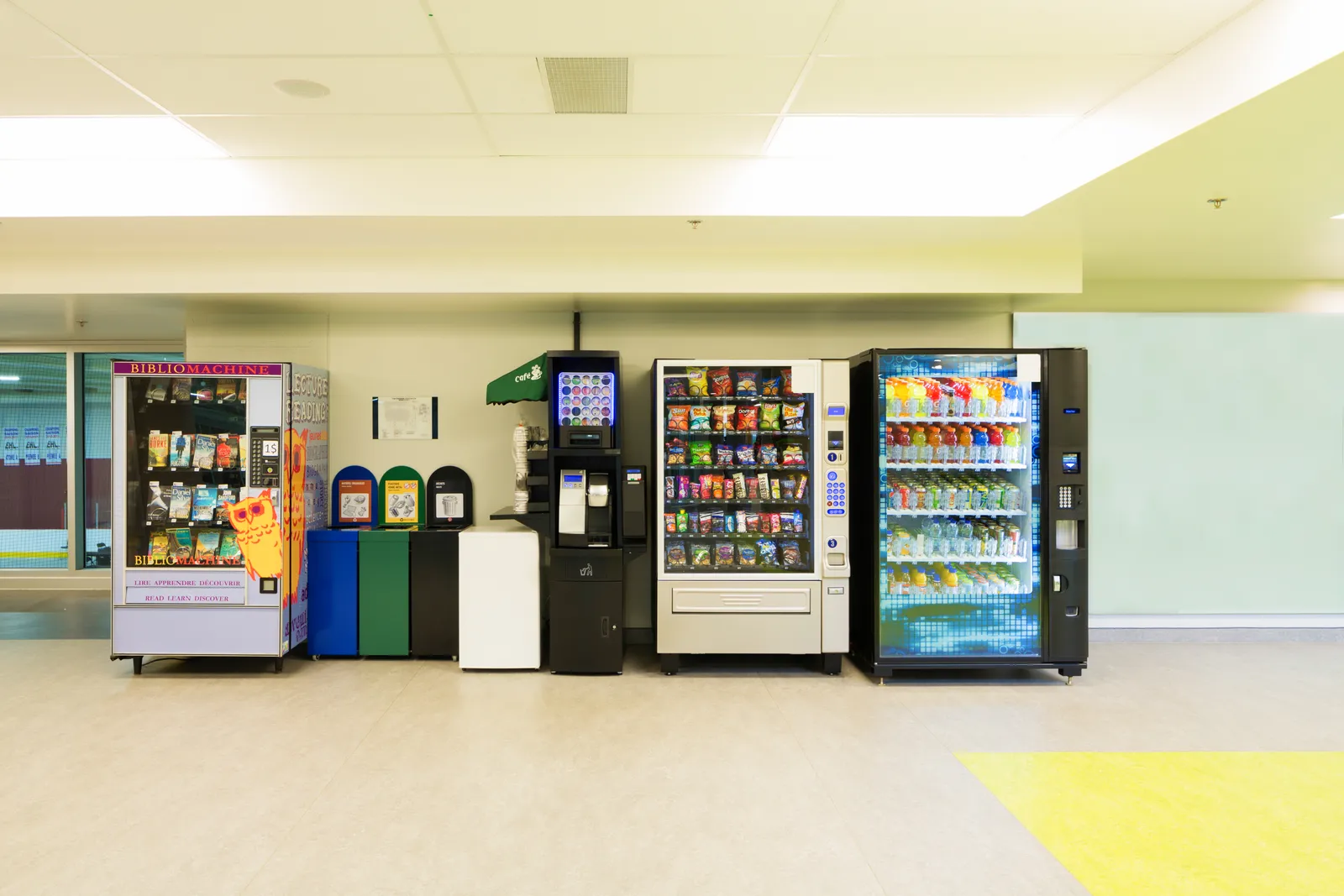
In a store’s break room for employees, Tan and Cooke look to see if there are vending machines, and, if so, if they have lighting.
“Everybody that works at that store knows that Pepsi is being sold [in that vending machine],” Cooke said. “It's not like it needs to be illuminated like that. If you're a chain and you have 200 stores, it actually is a great cost reduction to just, at the very minimum, unscrew the light bulb and so you're not paying for the electricity for the lighting.”
Bundling together the vending machines inside and outside of the store and heated wrapping machines, Tan and Cooke have determined that grocers spend $2,000 annually on unnecessary appliance usage, worth $36,000 in sales.
2. Unblocking return air vents
Heading out to the sales floor where there’s open refrigeration, Cooke and Tan look to see if the return air vents at the bottom of the open cases are clear or blocked. In the produce section, for example, lettuce can clog the air vents, Cooke said.
Those air vents are designed to recirculate cold air that’s inside the open case and prevent the air from “dumping out,” Cooke said.
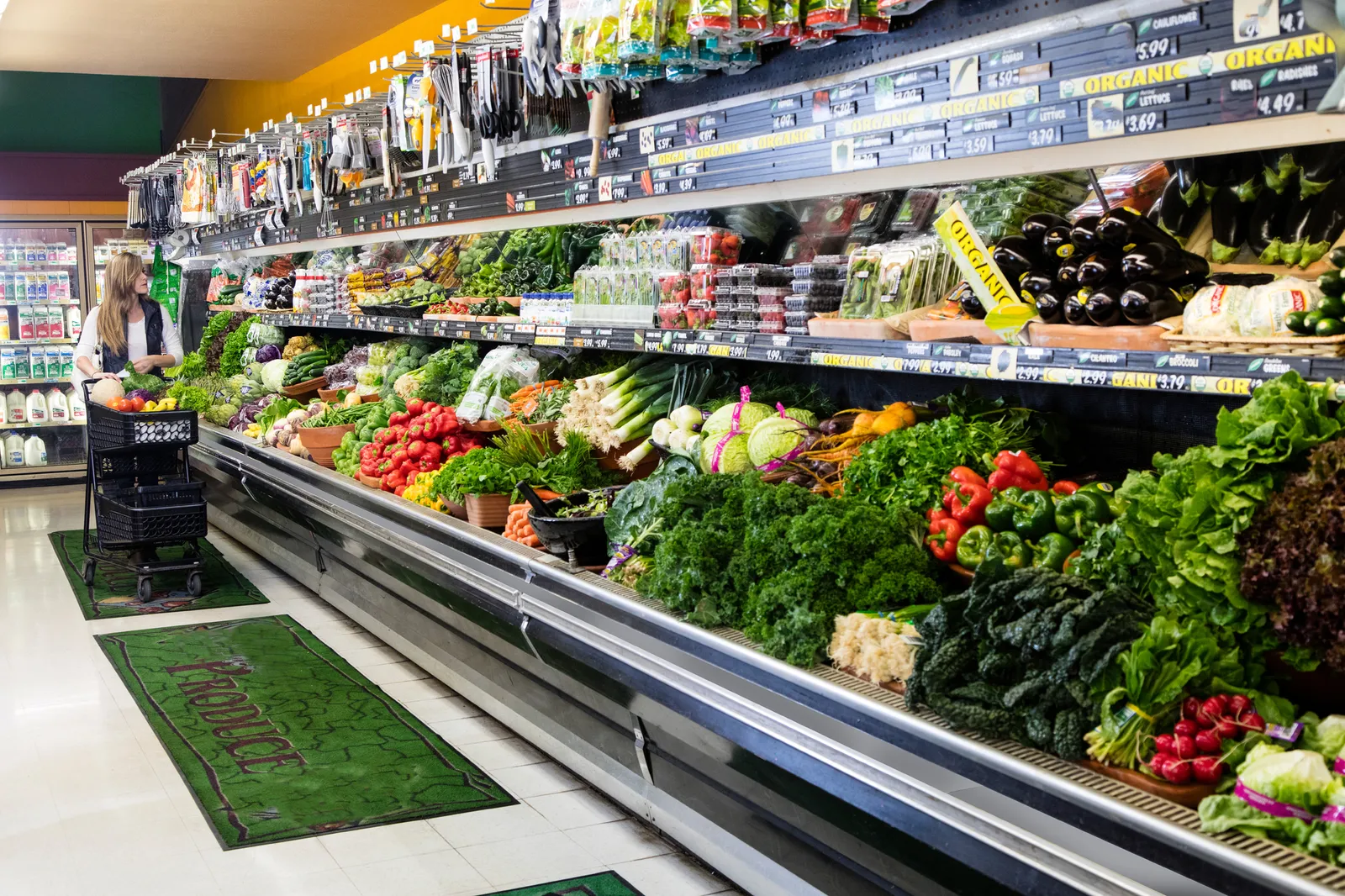
A blocked return air vent that is 20 feet — what Cooke and Tan have found to be the average length — costs stores $2,336 annually, which is equivalent to $42,573 in sales, they said. That breaks down to an estimated cost of $0.32 per foot of blocked return air per day based on $0.12 per kilowatt hour.
3. Reducing air infiltration
How well grocery stores are sealed impacts how much of the store interior sucks in humid air from outside, Cooke said.
“Buildings are under negative pressure so the warm, humid air from outside, even if it's like 20, 30 [degrees outside] has still got humidity in it but that air is being drawn into the store,” Cooke said, adding that humid air is “kryptonite” to refrigeration equipment.
Air infiltration can result in a roughly $3,600 profit loss annually, which is worth about $64,800 in sales, Cooke said.
To address this, grocers need to appropriately weatherize their stores by making sure the cracks and crevices around windows and doors are properly sealed and by making sure that they are diligent about keeping their receiving doors closed.
“You want to maintain a building at positive pressure. ... When you go in and out of buildings, when you open a door, you feel a slight gust of air either in or out. That gets of air should be going out,” Tan noted.
4. Keeping walk-ins closed
Keeping one walk-in door closed for an additional 4.5 hours each day for a year is worth $4,920 dollars, with a sales equivalency of $88,560, Cooke said. The Ratio Institute determined that through their partner Weis Markets, which found that walk-in freezer and cooler doors in the backroom were needlessly left open that long each day, Cooke said.
“Nobody's meaning to leave the door open purposefully to try to make the company waste money,” Cooke said. “It's just they're in a rush, but if they consider the fact that by leaving that door open just for a few minutes here and a few minutes there, it adds up to 4.5 hours each day, they have to sell almost $90,000 worth of stuff to cover that.”
Cooke said some stores can have up to eight or 10 doors — posing potentially an even bigger financial waste if more than one door isn’t properly used.
Some grocers have resorted to putting signs on the doors that remind associates to keep them closed.
5. Maintaining walk-in doors
The condition of gaskets, which seal walk-in cooler doors, can also have a big impact on energy waste.
“A lot of the [cooler and freezer] doors that Jonathan and I look at have banged-up gaskets and they're leaking,” Cooke said. “And we can tell that the freezer doors are leaking the warmer, humid air on the outside condenses and freezes.”
While it can be harder to spot on cooler doors, grocers should watch out for gaskets that are “flapping around,” because that could be an indication of a leak, Cooke said. “They have a hard time knowing which doors have leaky doors and where they are and they don't really have that systemization in place to know which doors to get to.”
The average year-long leak on a walk-in freezer door costs roughly $2,190 — equal to $39,420 in sales, Cooke said.
Grocers can often dismiss leaks as a $2,000 loss that isn’t worth fixing, without realizing those leaks are requiring nearly $40,000 in sales to compensate for, Cooke said.
“When it's a single store owner who's really trying to maintain a 1% profit margin, this could be a great exercise,” Cooke said. “But if you're a 200- or 400-store chain and you have one leaky door at each store, it actually becomes a gargantuan number in terms of increased cost, potential cost savings and potential maximization of profits if they address it,” Cooke said.









